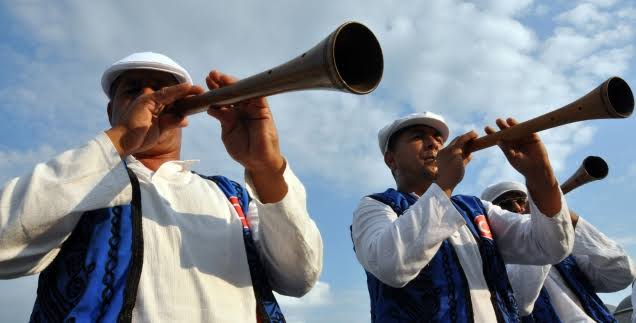Volcanoes are one of the most fascinating and powerful natural phenomena on Earth. They are openings in the Earth’s crust through which molten rock, ash, and gas can escape from deep within the planet’s mantle. The study of volcanoes, known as volcanology, is a complex and interdisciplinary field that involves geology, physics, chemistry, and many other sciences. In this answer, I will provide 10 key things that everyone should know about volcanoes, including their types, eruption styles, impacts on the environment, and more.
1 – Types of Volcanoes
There are several types of volcanoes, including shield, composite, and cinder cone volcanoes. Shield volcanoes are broad, gently sloping volcanoes that are built by the accumulation of fluid lava flows. Composite volcanoes are tall, steep-sided mountains that are built by alternating layers of ash and lava flows. Cinder cone volcanoes are small, steep-sided volcanoes that are built from particles of volcanic ash and cinders.
2 – Eruption Styles
Volcanic eruptions can be explosive or effusive. Explosive eruptions are characterized by the ejection of volcanic ash, gas, and lava fragments into the air. These eruptions can be incredibly destructive and can cause widespread damage and loss of life. Effusive eruptions, on the other hand, are characterized by the steady flow of lava from the volcano. These eruptions are generally less destructive but can still have significant impacts on the environment.
3 – Volcanic Hazards
Volcanic eruptions can pose a range of hazards, including lava flows, ash fall, pyroclastic flows, and lahars (mudflows). These hazards can cause widespread damage to property and infrastructure and can pose significant risks to human life.
4 – Volcanic Gases
Volcanic gases, including sulfur dioxide, carbon dioxide, and water vapor, are released during volcanic eruptions. These gases can have significant impacts on the environment, including contributing to air pollution and climate change.
5 – Volcanic Monitoring
Volcanic monitoring is the process of observing volcanoes to detect signs of impending eruptions. This can involve a range of techniques, including seismology, gas monitoring, and satellite imagery.
6 – Volcanic Eruptions and Climate Change
Volcanic eruptions can have significant impacts on the Earth’s climate, both in the short term and the long term. Large volcanic eruptions can release massive amounts of sulfur dioxide into the atmosphere, which can lead to a cooling of the Earth’s surface for several years.
7 – Volcanoes and Plate Tectonics
Volcanoes are closely related to plate tectonics, which is the study of the Earth’s crustal plates and their movements. Most volcanoes occur along the boundaries of these plates, where they are subject to intense heat and pressure.
8 – Volcanoes and Human History
Volcanic eruptions have had significant impacts on human history, both in terms of the destruction they can cause and the benefits they can provide. Volcanic ash and lava can be incredibly fertile and can lead to the development of rich agricultural lands.
9 – Volcanoes and Tourism
Volcanoes are popular tourist destinations, attracting millions of visitors each year. Many people are fascinated by the power and beauty of these natural wonders and want to witness them firsthand.
10 – Volcanic Research
Volcanic research is a vibrant and active field that involves scientists from many different disciplines. This research is aimed at understanding the processes that drive volcanic eruptions, as well as the impacts that these eruptions can have on the environment and human society.
In conclusion, volcanoes are complex and fascinating natural phenomena that have had significant impacts on the Earth’s environment and human history.












